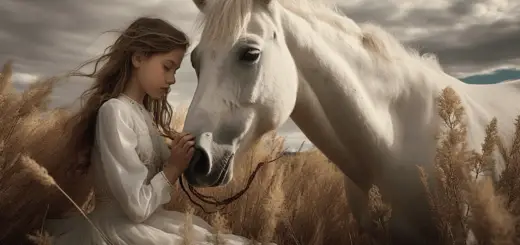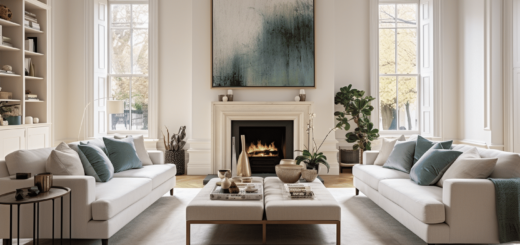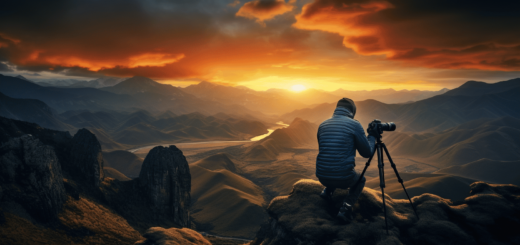Landscape Photography with the 35mm Lens: Tips to Take Better Photos
Landscape Photography with the 35mm Lens
Landscape photography is a popular form of photography and is often the pursuit of many amateur and professional photographers alike. No matter your skill level, it is important to understand the different techniques and tips you can use to make the most of your 35mm lens and capture beautiful photographs. Here are some tips to help you take better photographs with a 35mm lens when shooting landscapes.
1. Find the Right Focal Length
When shooting landscapes with a 35mm lens, you need to make sure you have the right focal length for the scene you’re trying to capture. The classic landscape photo has a wider field of view, usually around 24-35mm, to take in the whole scene. This lens allows you to capture the entire landscape including the foreground, middle ground, and background while having a wide enough depth of field to keep everything in focus.
2. Use the Right Aperture
When shooting landscapes, it is important to use the right aperture settings to ensure the best results. A wide aperture setting (f/2.8 or wider) can create a shallow depth-of-field, which will make the subject stand out from the background. On the other hand, a narrow aperture setting (f/11 or narrower) will provide a greater depth-of-field, which is useful for keeping the entire scene in focus. Experiment with different aperture settings to find what works best for your particular shot.
3. Watch the Horizon Line
One of the common mistakes new photographers make when shooting landscapes is not paying attention to the horizon line. When shooting with a 35mm lens, it is important to make sure your horizon line is straight and level. If the horizon line is skewed, it will draw attention away from the other elements in the photograph and make the image less attractive. Taking the extra time to make sure your horizon is straight will make a huge difference in the quality of your final image.
4. Make Use of the Natural Elements
When shooting landscapes with a 35mm lens, it can be helpful to use the natural elements in the photograph to add depth and interest. Look for foreground elements such as rocks, trees, and other objects that can help draw the viewer’s eye into the photograph. If possible, try to frame the scene with such elements as it can create a more dynamic composition.
5. Find the Right Lighting
Lighting is an important element when taking landscape photographs with a 35mm lens. Choose the times of day when the lighting is best for the scene you’re trying to capture. For example, if you’re shooting a beach scene, you want the lighting to be flattering and enhance the look of the ocean and sand. Early morning and late afternoon are usually the best times to capture golden hour light, while dusk and dawn can provide a more dramatic look. Experiment with different times of day to find the best light for your particular shot.
6. Take Multiple Exposures
Taking multiple exposures is another helpful tip to get the most out of your 35mm lens when shooting landscapes. By taking multiple exposures, you can capture a variety of lighting conditions and create a single, well-balanced photograph. Start by taking a base exposure, then take additional exposures for the highlights and shadows. Finally, combine the exposures in post-processing for a well-balanced, properly exposed photograph.
7. Use Filters for Creative Effects
Using filters can add a lot of creativity and interest to your landscape photographs. Popular filters such as circular polarizers, neutral density filters, and graduated neutral density filters can be used to create a variety of different effects. By manipulating the light entering the lens, you can create stunningly creative photos with your 35mm lens.
Conclusion
Landscape photography is a beautiful and rewarding pursuit, and using a 35mm lens to take your photos can yield stunning results. Whether you’re a beginner or an experienced professional, these tips should help you take better photographs with a 35mm lens. With the right focal length, aperture setting, composition, and lighting, you can create beautiful photographs that you’ll be proud of.


